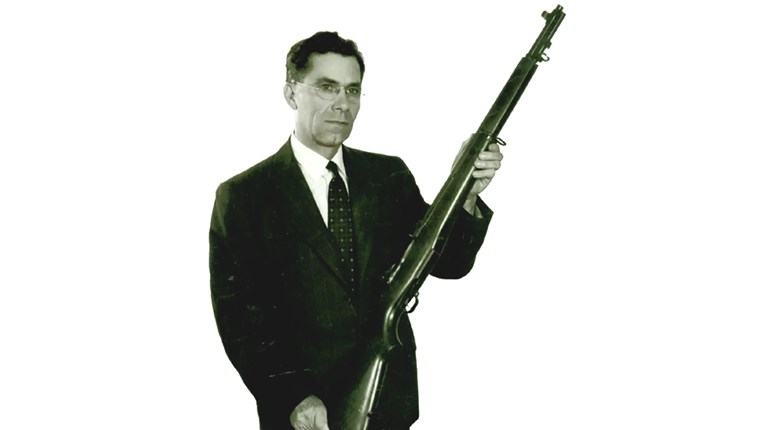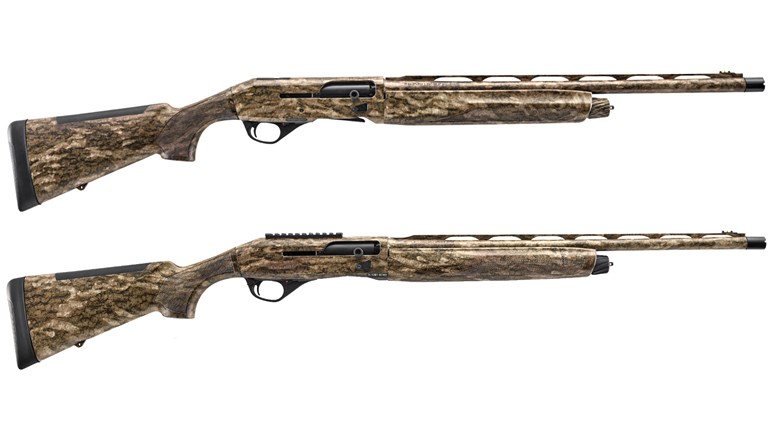
James Clezie's rural roots near Pocatello, ID—a lifetime that included years of hunting and fishing—made him a natural to qualify as an expert marksman. In Europe he carried an M-1, and to the day he died, he swore he could recognize that rifle if he was ever lucky enough to run across it again. The rain, mud and snow that typified Europe might have been ideal for the M-1's rugged mechanics, but getting a good purchase on a slick wooden stock was a challenge.
Clezie's answer was simple. He invested his spare time in duplicating the kind of precise checkering—using nothing but his bayonet—he had grown so accustomed to on fine sporting firearms. When he was wounded and pulled out of the line, he'd only finished the work on one side of the rifle, making it, undoubtedly, one of the most unusual-looking rifles wielded during the Battle of the Bulge.
Clezie received the Bronze Star, two Purple Hearts and told his son Lane that for a rural youngster, going to war, "...was really something else, having the U.S. taxpayers sponsor all the G.I.s. Can you imagine, employed, room and board and a paid European vacation? It was great being an American."






































